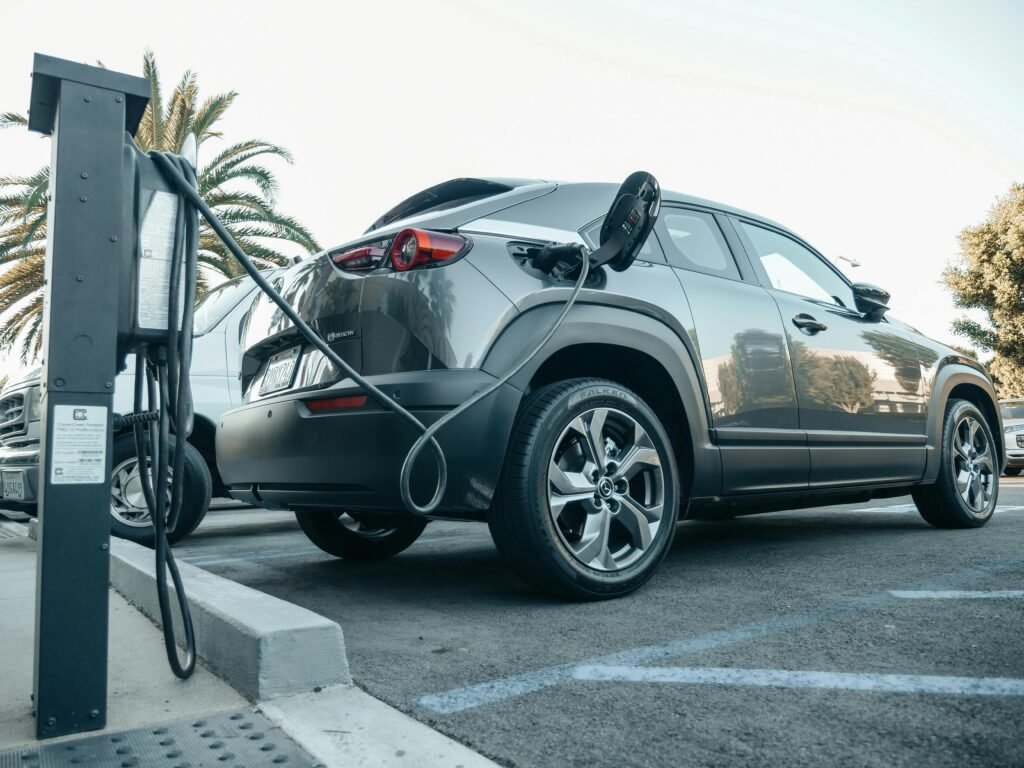The Connectivity Foundation
How EV Charging Infrastructure Drives Sustainable Urban Mobility in Western Europe
Leading the project of Smart Cities vertical at NTT Transatel has allowed me to build specialized insights into how connectivity shapes the electric vehicle charging landscape across Western Europe. The transition to sustainable mobility depends on installing charging points and on creating a connected infrastructure that ensures reliability, security, and scalability across diverse urban environments.

Download the Ebook now
F.A.Q.
Find answers to commonly asked questions about EV Charging here.
What are the main types of EV charging stations and how fast do they charge a vehicle?
EV charging is typically categorized into three distinct levels, each defined by its charging speed and power source:
Level 1 Charging: Uses a standard 120V AC household outlet. This is the slowest method, usually adding about 2-5 miles of range per hour, making it best for overnight home charging.
Level 2 Charging: Uses a 240V AC source and is the most common type found in public areas, workplaces, and dedicated residential setups. It can fully charge a battery in 4 to 8 hours.
DC Fast Charging (DCFC): Uses Direct Current (DC) to bypass the car’s onboard charger. These are the fastest chargers, ideal for road trips, and can typically replenish a battery up to 80% in 20 to 30 minutes.
How much does it cost to install an EV charger at home?
The total cost to install a residential EV charger (typically a Level 2 unit) is highly variable. The two main components are:
The Charger Unit: Costs generally range from $400 to $1,500.
The Installation: This can range from $800 to $2,000+, depending on the complexity of the electrical work required to run a new 240-volt line from your service panel to your garage or charging location.
It is highly recommended to consult a licensed electrician for an accurate quote and to ensure the installation qualifies for any available federal or local tax credits.
How does smart charging technology contribute to grid stability and renewable energy integration?
Smart charging (or V2G—Vehicle-to-Grid) utilizes real-time connectivity to manage energy flow efficiently:
Grid Integration: It prevents electrical grid overload by enabling the charging network to automatically slow down or pause charging during peak demand times.
Renewable Energy Integration: Smart charging allows vehicles to charge preferentially when renewable energy (like solar or wind) is abundant and cheap, or even feed stored energy back to the grid when needed, promoting overall energy optimization.
Are electric vehicles (EVs) cheaper to operate than gasoline cars?
Yes, the long-term operational costs of an EV are typically lower than those of a comparable gasoline vehicle for two key reasons:
Fuel Costs: Charging with electricity is generally cheaper than buying gasoline. While costs vary, driving an EV can save hundreds to over a thousand dollars annually in energy costs.
Maintenance: EVs have far fewer moving parts (no engine oil, spark plugs, or transmission), resulting in significantly lower maintenance needs and costs over the lifetime of the vehicle.
What are the primary EV charging connector standards used worldwide?
The standard connector type depends heavily on the region and the charging speed:
North America: The North American Charging Standard (NACS), developed by Tesla and now adopted by most major automakers, is rapidly becoming the dominant standard for both AC and DC charging. The CCS (Combined Charging System) Combo 1 was previously the standard for non-Tesla DC fast charging.
Europe: The Type 2 connector is the AC standard for slower charging, while the CCS Combo 2 is the standard for DC rapid charging.
Asia: CHAdeMO (Japanese standard, often used on Nissan and Mitsubishi EVs) and GB/T (the Chinese national standard) are also prevalent, though global trends favor CCS and NACS.
What is the expected lifespan of an EV battery, and what do manufacturer warranties cover?
EV batteries are designed for longevity, typically lasting 10 to 20 years. However, their capacity to hold a charge naturally degrades over time.
Warranties: Most manufacturers provide an 8-year or 100,000-mile warranty (whichever comes first). Crucially, these warranties usually guarantee that the battery will maintain at least 70% of its original capacity throughout the warranty period.
Maintenance: Battery health can be extended by avoiding frequent charging to 100% and by minimizing exposure to extreme hot or cold temperatures.
Ready to Launch Something Great?
Whether you're scaling a SaaS platform or launching a new product line, I can help you find the story, strategy, and structure that drives growth.

